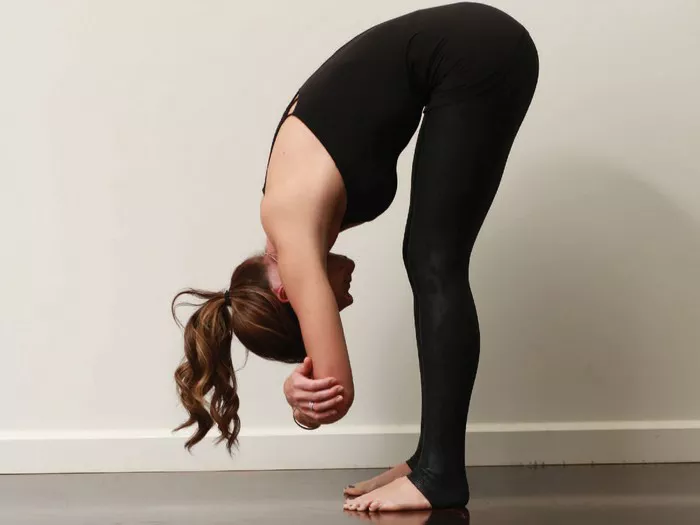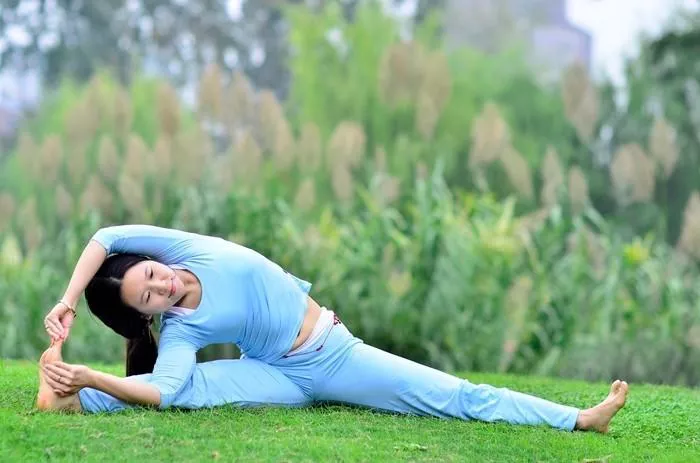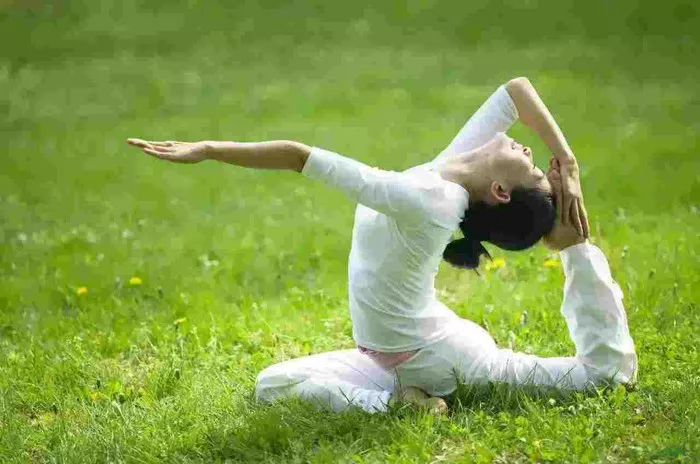The root chakra, known as Muladhara in Sanskrit, serves as the foundation of our energetic system. Situated at the base of the spine, it governs feelings of stability, security, and our sense of belonging. Understanding and balancing the root chakra is crucial for cultivating a strong and stable foundation upon which to build our lives.
Signs of an Imbalanced Root Chakra
An imbalanced root chakra can manifest in various physical and emotional symptoms. Physical signs may include lower back pain, issues with the legs, feet, or colon, and immune system disorders. Emotionally, individuals with an imbalanced root chakra may experience feelings of insecurity, fear, anxiety, or a lack of trust in themselves or others. Chronic stress and a general sense of instability are also common indicators of an imbalance in this vital energy center.
Benefits of Root Chakra Poses
Root chakra poses, when practiced mindfully, offer a myriad of benefits that help restore balance and harmony to this foundational energy center. These poses promote grounding, stability, and a sense of security, which are essential for navigating life’s challenges with resilience and strength. By engaging in a regular practice of root chakra poses, individuals can cultivate a deep sense of rootedness, allowing them to feel more grounded and secure in both mind and body.
Yoga Poses for the Root Chakra
1. Mountain Pose (Tadasana)
Sanskrit Name: Tadasana
Instructions:
- Stand tall with your feet hip-width apart, grounding firmly into the earth.
- Engage your thigh muscles, lift your chest, and roll your shoulders back and down.
- Extend your arms alongside your body with your palms facing forward.
- Hold the pose for several breaths, focusing on grounding through the soles of your feet.
- To exit, release the pose gently, bringing awareness to the sensations in your body.
Modifications: For added stability, practice Tadasana with your back against a wall.
2. Warrior Poses (Virabhadrasana I & II)
Sanskrit Names: Virabhadrasana I & II
Instructions:
- Begin in a standing position, then step one foot back into a lunge position.
- Bend your front knee to a 90-degree angle, ensuring it stays aligned with your ankle.
- Extend your arms overhead (Virabhadrasana I) or out to the sides (Virabhadrasana II).
- Keep your gaze steady and your torso centered over your hips.
- Hold the pose for several breaths, feeling rooted through your front foot.
- To exit, straighten your front leg and step back to standing.
Modifications: Use blocks under your hands for added support or practice with a wider stance for increased stability.
3. Chair Pose (Utkatasana)
Sanskrit Name: Utkatasana
Instructions:
- Begin in a standing position with your feet together.
- Inhale as you raise your arms overhead, palms facing each other.
- Exhale as you bend your knees and lower your hips as if sitting back into an imaginary chair.
- Keep your chest lifted and your weight in your heels.
- Hold the pose for several breaths, feeling the strength and stability in your legs.
- To exit, straighten your legs and lower your arms back to your sides.
Modifications: Place a block between your thighs or practice with your back against a wall for support.
4. Easy Pose (Sukhasana)
Sanskrit Name: Sukhasana
Instructions:
- Sit on the floor with your legs crossed and your spine tall.
- Rest your hands on your knees or in your lap.
- Close your eyes and focus on your breath, allowing yourself to feel grounded and centered.
- Hold the pose for several minutes, maintaining a sense of ease and relaxation.
- To exit, gently uncross your legs and come to a comfortable seated position.
Modifications: Sit on a bolster or block to elevate your hips if needed, or use a folded blanket under your sit bones for added support.
5. Bound Angle Pose (Baddha Konasana)
Sanskrit Name: Baddha Konasana
Instructions:
- Sit on the floor with your legs extended in front of you.
- Bend your knees and bring the soles of your feet together, allowing your knees to drop out to the sides.
- Hold onto your feet or ankles with your hands.
- Lengthen your spine and gently press your knees toward the floor.
- Hold the pose for several breaths, feeling a sense of openness and stability in your pelvis.
- To exit, release the pose and extend your legs back out in front of you.
Modifications: Sit on a folded blanket to elevate your hips, or place blocks under your knees for support.
6. Child’s Pose (Balasana)
Sanskrit Name: Balasana
Instructions:
- Begin on your hands and knees in a tabletop position.
- Sink your hips back toward your heels as you extend your arms forward and lower your chest toward the mat.
- Rest your forehead on the ground and allow your entire body to relax.
- Hold the pose for several breaths, surrendering to the earth and finding a sense of security in the fetal position.
- To exit, gently walk your hands back toward your body and come back to a seated position.
Modifications: Place a bolster or folded blanket under your torso for added support, or keep your knees closer together if you have tight hips.
7. Bridge Pose (Setu Bandhasana)
Sanskrit Name: Setu Bandhasana
Instructions:
- Lie on your back with your knees bent and your feet hip-width apart.
- Press into your feet as you lift your hips toward the ceiling.
- Interlace your fingers under your back and roll your shoulders underneath you.
- Hold the pose for several breaths, feeling grounded through your feet and supported by the earth.
- To exit, release your hands and slowly lower your spine back down to the mat.
Modifications: Place a block under your sacrum for added support, or practice with a strap around your thighs to keep them parallel.
8. Corpse Pose (Savasana)
Sanskrit Name: Savasana
Instructions:
- Lie on your back with your arms and legs extended, palms facing up.
- Close your eyes and allow your entire body to relax completely.
- Focus on your breath, allowing it to flow naturally and effortlessly.
- Release any tension or stress with each exhale, surrendering fully to the support of the earth.
- Hold the pose for several minutes, soaking in the sensations of peace and stillness.
- To exit, gently deepen your breath and begin to wiggle your fingers and toes before slowly coming back to a seated position.
Modifications: Place a bolster under your knees or a blanket over your body for added comfort and warmth.
Tips for Practice
Grounding Elements: Incorporate grounding techniques such as focusing on the sensation of your feet on the ground or visualizing roots extending from your body into the earth.
Affirmations and Mantras: Repeat affirmations or mantras related to stability and security during your practice. Examples include “I am grounded and secure” or “I trust in the process of life.”
Conclusion
By integrating these root chakra poses into your yoga practice regularly and mindfully, you can cultivate a deep sense of stability, security, and rootedness in both your physical and energetic bodies. Embrace the journey of balancing your root chakra and witness the profound transformation it brings to your life.
























